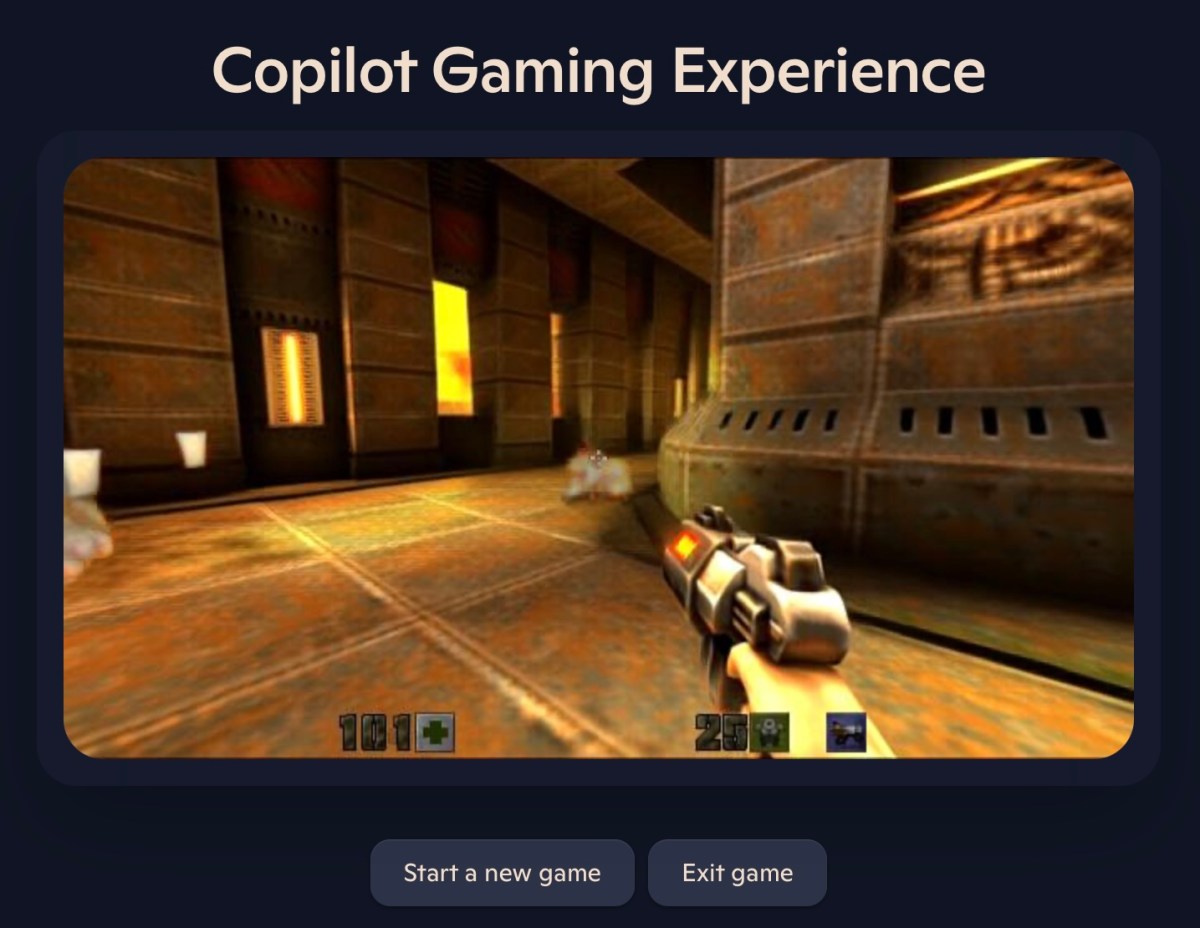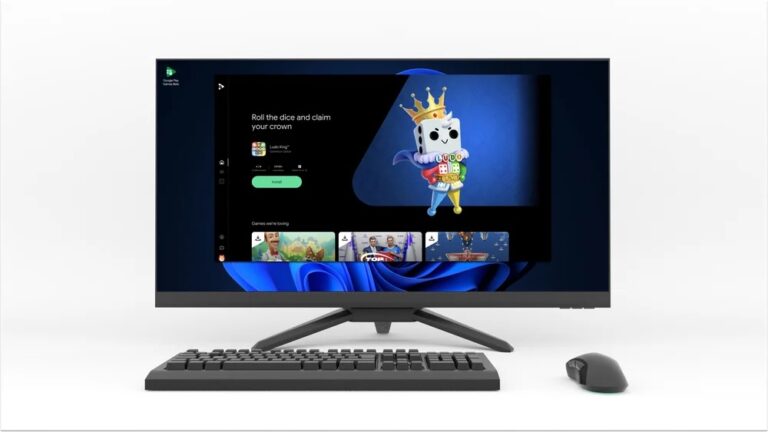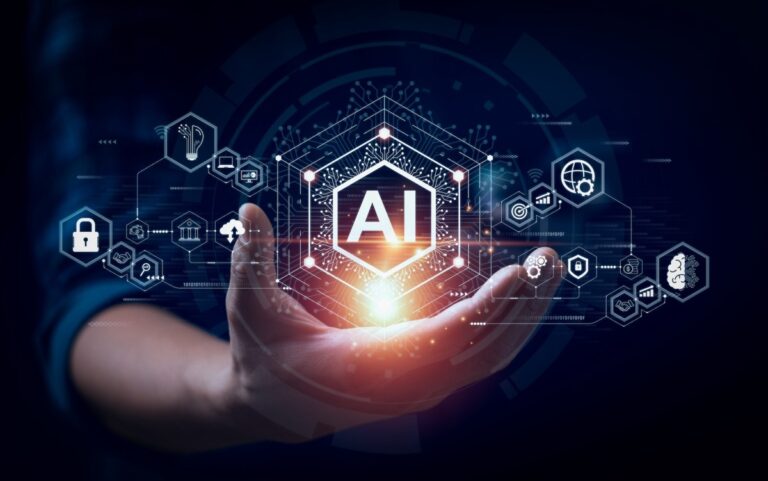Microsoft Unveils AI-Generated Quake II Demo: Discover Its Exciting Features and Limitations!
Microsoft has recently launched a browser-based version of the iconic video game Quake II, showcasing the innovative potential of its Copilot AI platform. This exciting tech demo allows gamers to navigate a single level using their keyboard, although it comes with certain limitations, making it distinct from the traditional gaming experience.
Experience Quake II in a New Way
To try out this unique offering, players can engage with Quake II for a few minutes before reaching a time limit. The demo is designed to highlight the capabilities of Microsoft’s AI technology, specifically the Muse family of AI models.
What the AI Models Can Do
According to a blog post from Microsoft researchers, these AI models allow users to interact with the game environment through keyboard or controller actions, providing immediate feedback. This interaction creates a dynamic experience where players can:
- Wander around the game world
- Adjust the camera view
- Jump and crouch
- Shoot and blow up barrels
Understanding the Limitations
Despite the demo’s engaging aspects, the researchers caution that this experience should be viewed as a “research exploration” rather than a traditional game. They have acknowledged several limitations present in the demo:
- Enemies may appear fuzzy
- Damage and health counters can be inaccurate
- The model struggles with object permanence, forgetting items that are out of view for a short period
These limitations can create unexpected scenarios, such as defeating or spawning enemies by briefly looking away from them. Some players, including game designer Austin Walker, have expressed skepticism about the effectiveness of this approach, citing experiences of being trapped in dark areas during gameplay.
AI and Game Preservation
In light of Microsoft Gaming CEO Phil Spencer’s comments regarding AI’s potential role in game preservation, Walker argues that the tech may not fully grasp the intricacies of gaming. He emphasizes that the code, design, and audio elements of games like Quake II contribute to unique gameplay experiences, including unpredictable edge cases that are essential to what makes games enjoyable. Without the ability to replicate these fundamental components, the essence of the game may be lost.
For more insights on the intersection of AI and gaming, visit our related article on the future of AI in gaming.







